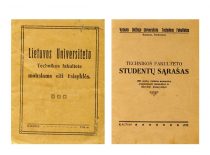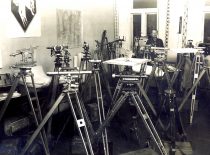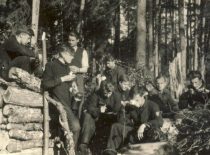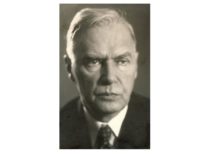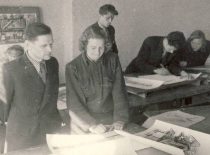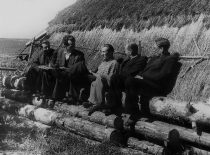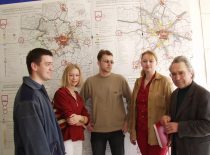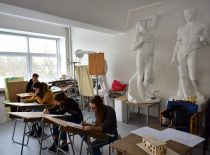Origins – Civil Engineering Division of the Technical Faculty at the University of Lithuania
The Technical Faculty at the University of Lithuania, established on 16 February 1922, comprised the divisions of Civil Engineering, Mechanics, Chemistry and Electrotechnics. The Minister of Education Petras Juodakis appointed the following professors as the core staff of the Technical Faculty since 16 February 1922: Pranas Jodelė, Platonas Jankauskas, Jonas Šimkus, Jonas Šimoliūnas and Kazimieras Vasiliauskas. The studies at the Technical Faculty were not easy – until 1927, only 3 people graduated from this faculty and all of them from the Civil Engineering Division. Until 1932, 27 people graduated from the Civil Engineering Division, defended their diploma projects at the public meetings of the faculty board and acquired the title of a qualified engineer. In 1930, the university was given the name of Vytautas the Great (Vytautas Magnus University). Until 1932, the premises of the Civil Engineering Division were located in 3 Chambers and since 1932, they were relocated to the Chamber of the Physics-Chemistry Institute in Aleksotas. Prof. P. Jodelė was supervising the Lithuanian research of raw materials for cement, clays and quartz sand and significantly contributed to the development of the building materials industry in Lithuania. The faculty had a scientific journal “Techniką” publishing the scientific articles of the lecturers; it prepared and printed textbooks and created Lithuanian terminology. The Technical Faculty had a library collecting technical literature. In 1932–1937, Lithuanian students completed internships in the enterprises in Finland, Czech Republic, Latvia and Sweden and the students from these countries were coming to work in the Lithuanian enterprises. In January 1940, when the Faculties of Humanities and Law were relocated to Vilnius University, the Technical Faculty gained more premises – Chamber I of the University; there were plans to divide the Technical Faculty into the Civil Engineering and Technological Faculties.




